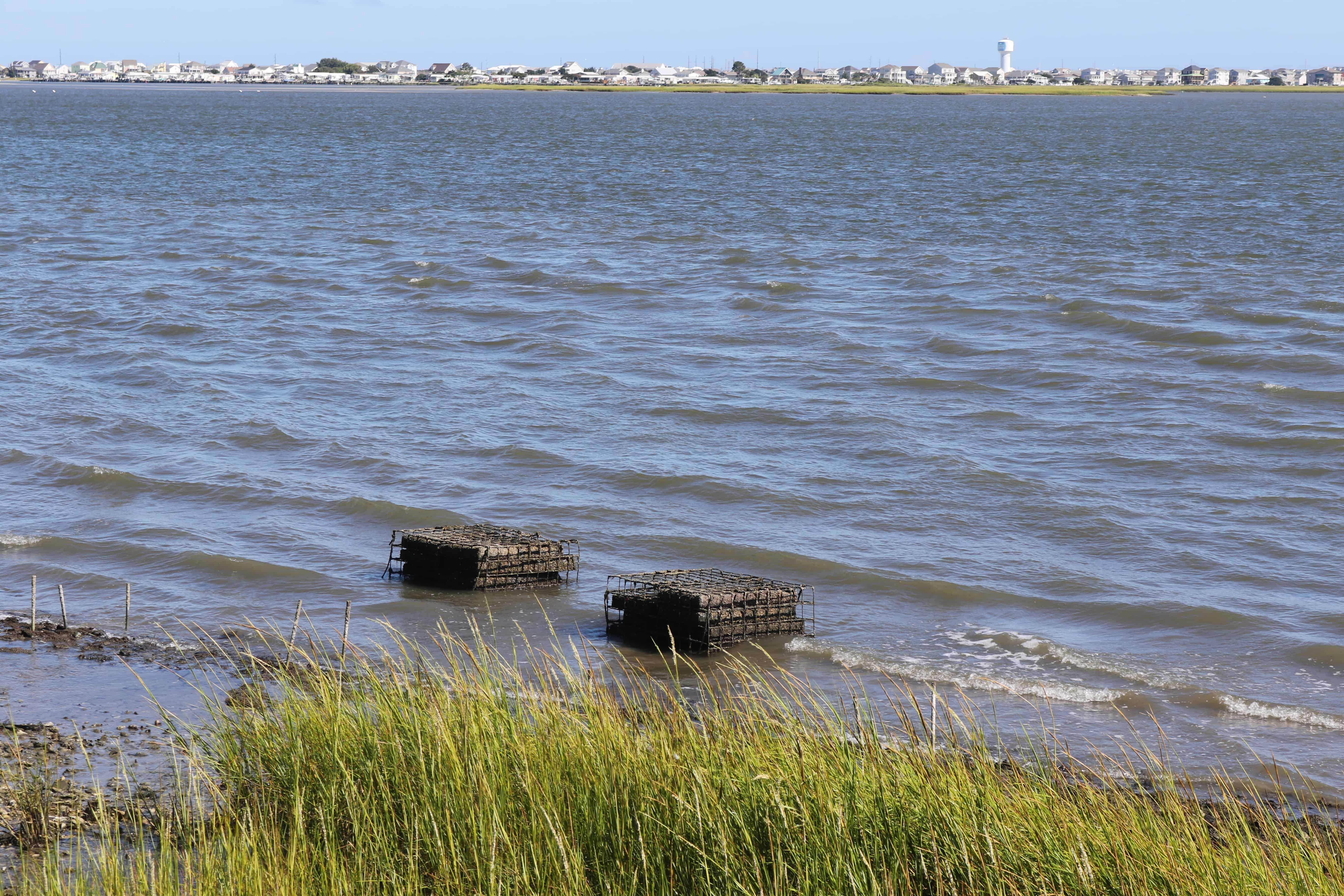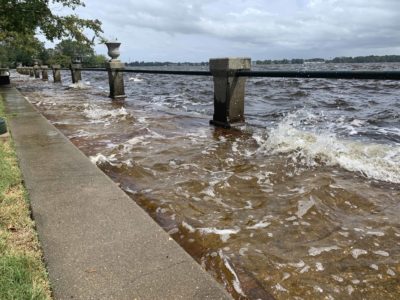Editor’s Note: In late September, Gov. Roy Cooper signed a bill that gives $6.4 million in funding to offset FTE losses at the community colleges that were hit by Hurricane Florence and had declines in enrollment as a result. In addition, $1.5 million provided by the state to community colleges last year for buildings damaged by Hurricane Florence was also reallocated in that same bill to help offset FTE losses associated with hurricane-related enrollment declines.
A phlebotomy student and single parent at Carteret Community College who lost three weeks’ wages due to damage caused by Hurricane Florence. A business administration student at Bladen Community College who was rescued by helicopter from her home and lost everything. An associate of arts student at Coastal Carolina Community College, whose home was declared uninhabitable and lived with her kids in a tent under her carport.
These are just a few of the stories from community college students who faced financial distress after Hurricane Florence, threatening their ability to continue classes. In these three cases, and many others, state emergency grants allowed them to stay in school. For thousands others, studies were interrupted.
Fewer students enrolled last year as a result of Florence means less money for community colleges this year due to the state funding formula that bases funding on prior years’ enrollment. The state budget passed by the General Assembly allocated funding to community colleges feeling the sting from Florence-induced enrollment declines, but with Gov. Cooper’s veto of the budget and no compromise budget in sight, there’s no telling when or if colleges will receive that funding.
“It’s very frustrating,” Carteret Community College (CCC) president John Hauser said. “We’re in a rural community. We are the engine to help this county through recovery, and that engine’s being slowed right now because of the budget.”
A reported 13,246 students signed up for fewer classes across 19 community colleges the semester after Florence hit. To offset the resulting funding loss, the legislature allocated $6.4 million in the conference budget. However, disagreement around unrelated budget items has resulted in an impasse lasting 10 weeks and counting. Meanwhile, community colleges across Eastern North Carolina are waiting.
Florence’s winds and flooding closed CCC for three weeks and caused $1.3 million worth of damage. In its immediate aftermath, the college set up a hotline manned by its student services department and reached out to students to tell them, “We were here for them, that we cared for them, and we wanted them to do everything they could to continue on their pathway to completion,” Hauser said.
“A number of our students are working part-time or full-time,” Hauser said. “And a lot of them had lost their jobs because there were a number of hotels that were closed and are still closed — as well as restaurants and other businesses that were affected. So they lost their jobs.”
Lost jobs meant lost finances, lost cars, and altered living arrangements. The state allocated $5 million in emergency aid to 21 colleges, including $270,000 to CCC, all of which was distributed to help students replace textbooks, pay rent, and help with tuition.
CCC had just started three new programs with two more added this year. The community college system approves funding for new programs based on projected enrollment boosts. Without their cut of the $6.4 million, CCC could be 20% under those projections.
It’s not hard to understand why.
The college started a horticultural program, marketing classes in a greenhouse on campus. However, the greenhouse was damaged and the college doesn’t have the money to repair it — until insurance claims are processed or the state funding comes through. Without the greenhouse, marketing the program is a challenge.
“We’ve been advertising this horticulture program and ready to start it,” said Tracy Mancini, vice president of instruction and student support, “but we don’t have a greenhouse for it yet.”
In the meantime, the horticulture instructor is using the campus as a lab for his students, working with landscaping personnel to find locations where his students can help restore the campus while learning.
At the college’s automotive complex, water intruded when the automotive complex lost part of its roof, making the facility unusable right now.
“The enrollment numbers are not where we wanted them to be this coming fall because we’re repairing that facility,” Hauser said. “We weren’t really advertising, marketing, or promoting the program because we didn’t have a building.”
As the college works to restore its programs and increase enrollment, it knows that the pipeline that feeds the college is damaged. So the task won’t be an easy one.
“We still don’t know the full impact,” Hauser said, “because our public school system lost 100 students who we know moved out of the county due to the storm.”



